Understanding "Acoustic Treatments"
the basics

Understanding “acoustic treatments” or solutions can simplify the process of selecting and adding the right materials for the desired outcome. Here are some short notes to help you.
So, what exactly are the “basics”?
One of the biggest challenges with acoustic materials being given their due consideration in design, is that in many cases the importance of the room acoustics is grossly underestimated before occupancy and operation within the space. Sometimes the space is pre-existing and needs to be re-envisioned in order to comfortably sustain the desired acoustic temperment of a room.
There is an emphasis on the function of many other features such as lighting, paint colors,furniture and technology. But in actual fact, acoustics have a very significant impact on the functionality of your space. In some cases a more significant impact than perhaps anything else …anything. Rather than face the frustration of trying to figure out by trial and error how to correct what is wrong after the fact…if you, can it is a good idea to plan for it ahead of the process so that you can hit the ground humming. If not, well, we all make mistakes, and there are a number of options that you can explore to improve on what is already there!
In this post, we will walk you through some of the facts, and the options that you need to know about when you are selecting materials, or designing and integrating an effective acoustic treatment plans.

Why don’t we start with how acoustics really work?
Before selecting, purchasing or applying some form of acoustic treatment, it’s a good idea to have a basic understanding of how acoustics work, in general. Fortunately, you don’t need a degree in acoustical engineering to get a reasonably well rounded understanding of how they work and what you can do to improve them! First let’s begin with a couple of key elements:
Q.How does sound travel in a room?
Whenever a sound is made in a room, here’s what happens to it:
Beginning at the source, it projects outward in all directions.
A small amount of sound, or “direct sound”, travels in a straight line.
The remainder is “reflected sound”which bounces off of the surfaces of the room.
The rapid reflections of these bouncing sounds can create chatter and echo effects that interfere with the clarity of the original sound and can be a challenge for conversation or concentration. With reflected sound, each reflection has the potential to CHANGE the original sound ever so slightly. Depending on the size of the room, and the reflective surfaces within it the changes can be significant or annoying and in most cases, undesirable.
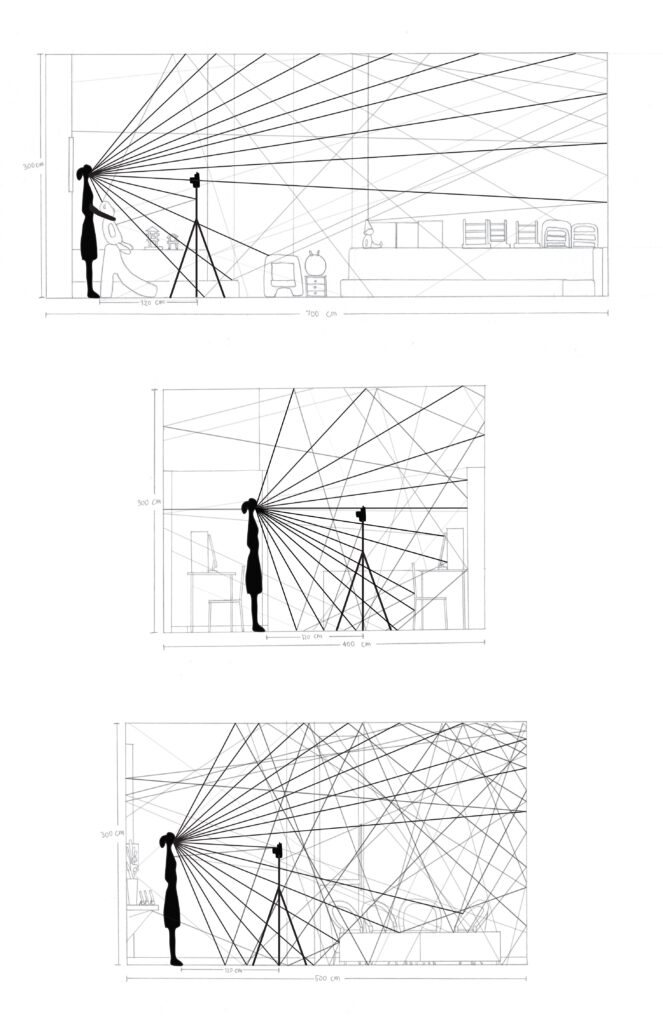
Q. Why do so many rooms have poor acoustics?
The rapid reflections of these bouncing sounds can create chatter and echo effects that interfere with the clarity of the original sound and can be a challenge for conversation or concentration. With reflected sound, each reflection has the potential to CHANGE the original sound ever so slightly. Depending on the size of the room, and the reflective surfaces within it the changes can be significant or annoying and in most cases, undesirable.

Q. So then, without going down to the bones of a building, how do we improve the acoustic experience within a room?
Ever notice those black foam panels on the walls and ceilings of recording studios?
While the look is somewhat interesting…
The REAL purpose of the panel is to absorb and diffuse sound reflections in the porous peaks and valleys. These products are considered in the family of “sound proofing” materials. This type of solution is certainly still an option, affordable and effective, but less aesthetically suitable for the walls of general living and working areas.
Fortunately, today’s acoustic materials are many and diverse. There are virtually endless choices and also ways to combine and integrate them seamlessly into existing decor.
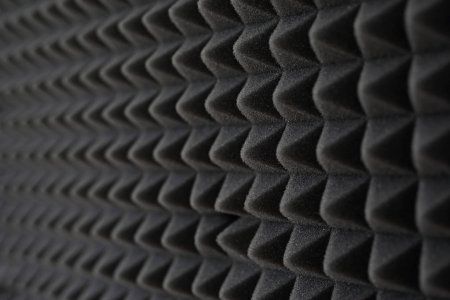


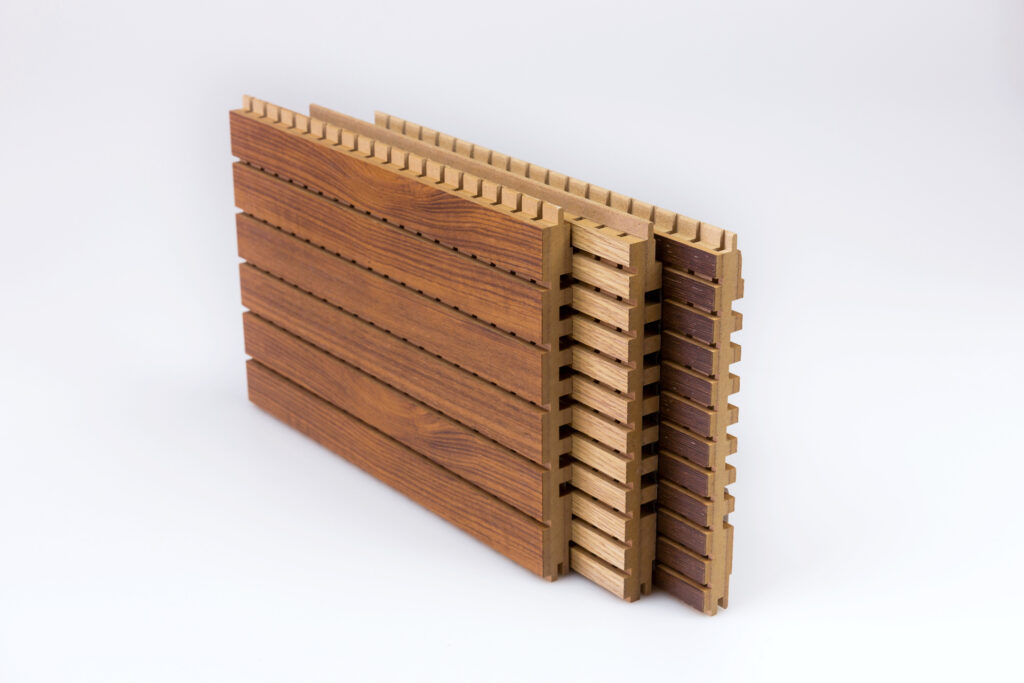

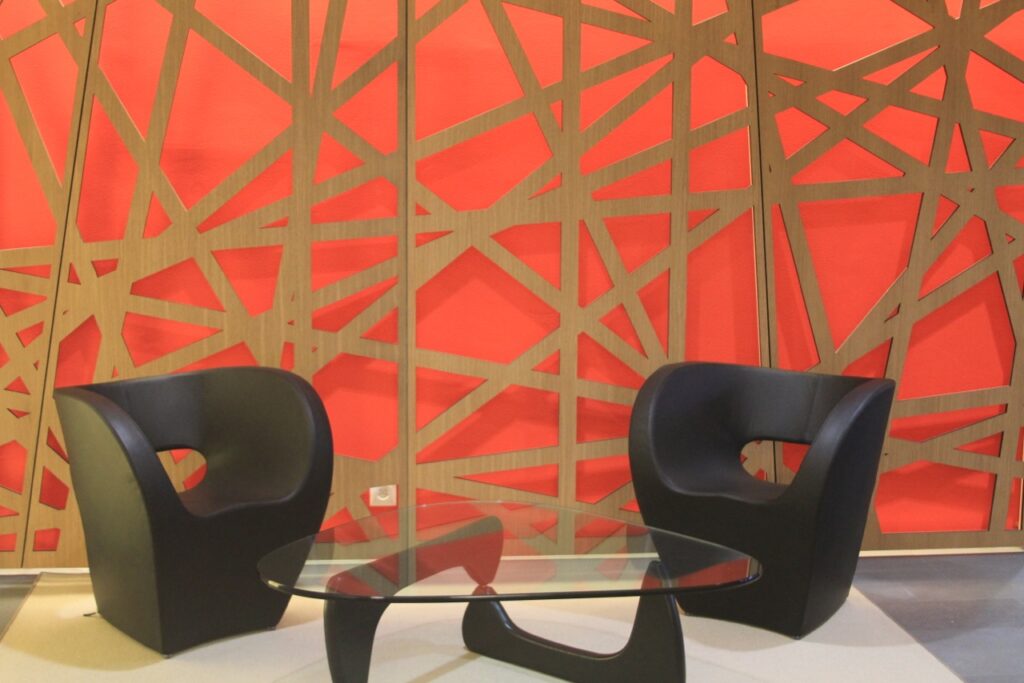
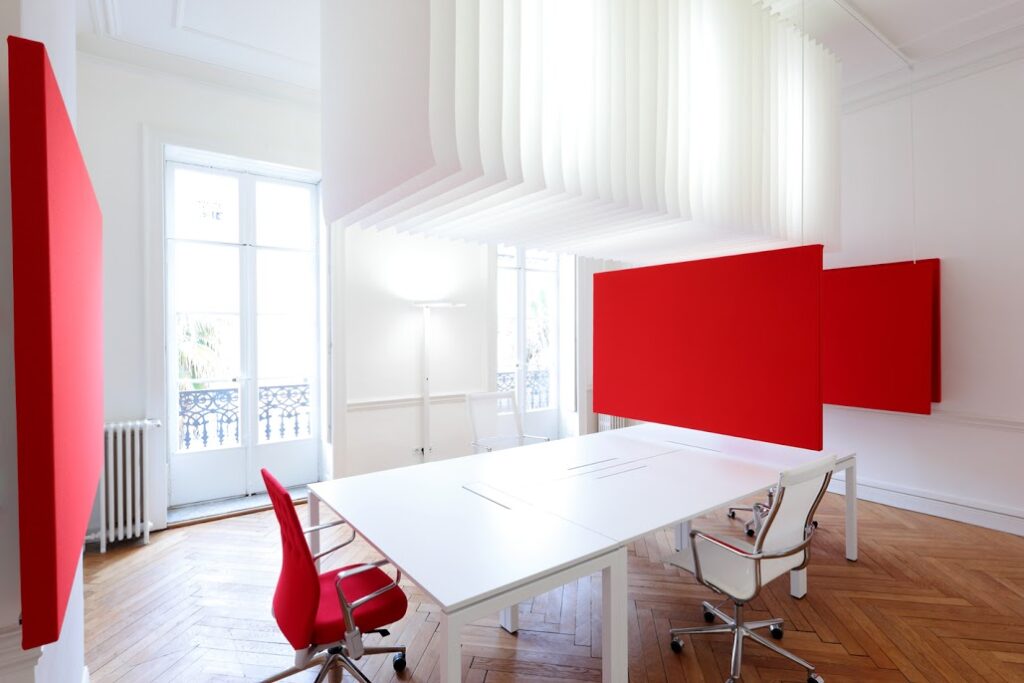
Q. What other kinds of materials are suitable choices for decorative and absorbent acoustic surfacing?
While the look is somewhat interesting…
The REAL purpose of the panel is to absorb and diffuse sound reflections in the porous peaks and valleys. These products are considered in the family of “sound proofing” materials. This type of solution is certainly still an option, affordable and effective, but less aesthetically suitable for the walls of general living and working areas.
Fortunately, today’s acoustic materials are many and diverse. There are virtually endless choices and also ways to combine and integrate them seamlessly into existing decor.
When reflected sound is absorbed, only the clean, unhampered direct sound is heard. At least, that is the theory.
Absorption can be “titrated” by applying materials until the desired effect is achieved, or a design can be configured with the help of a specialist.
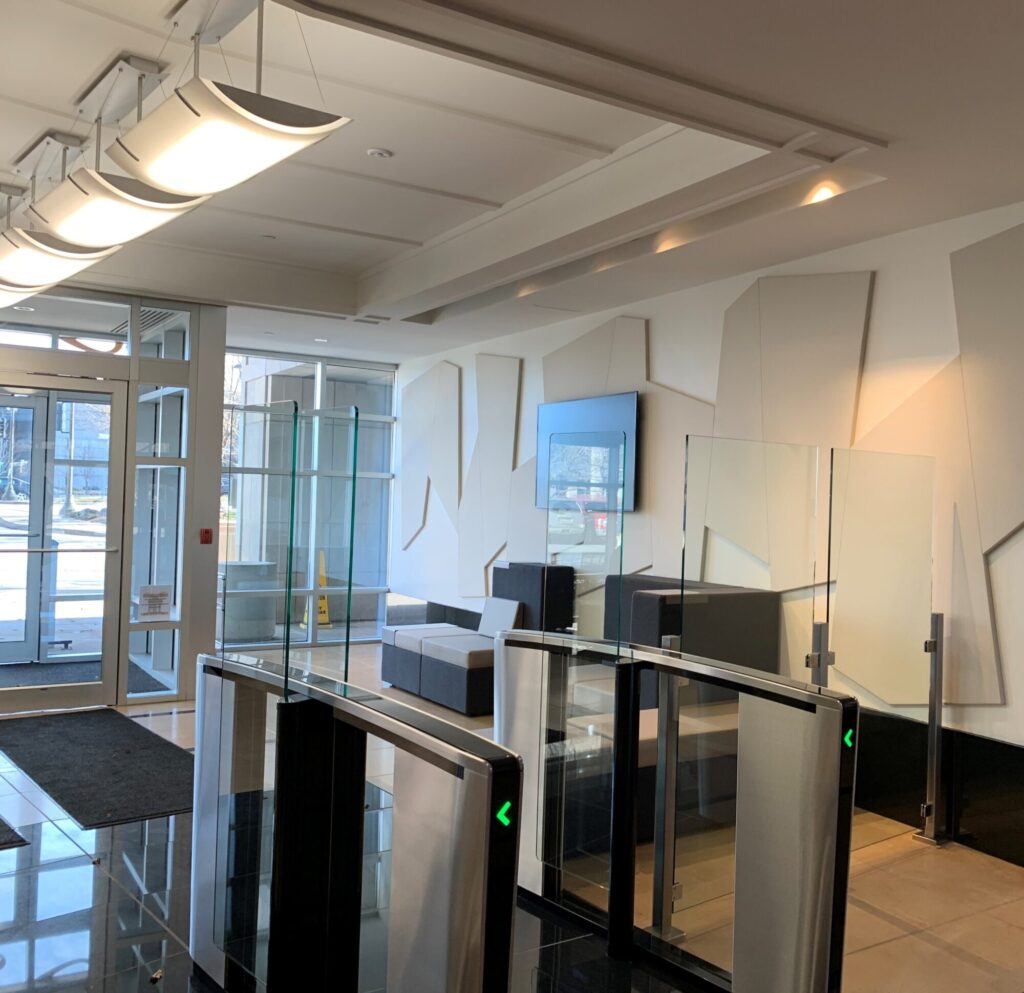
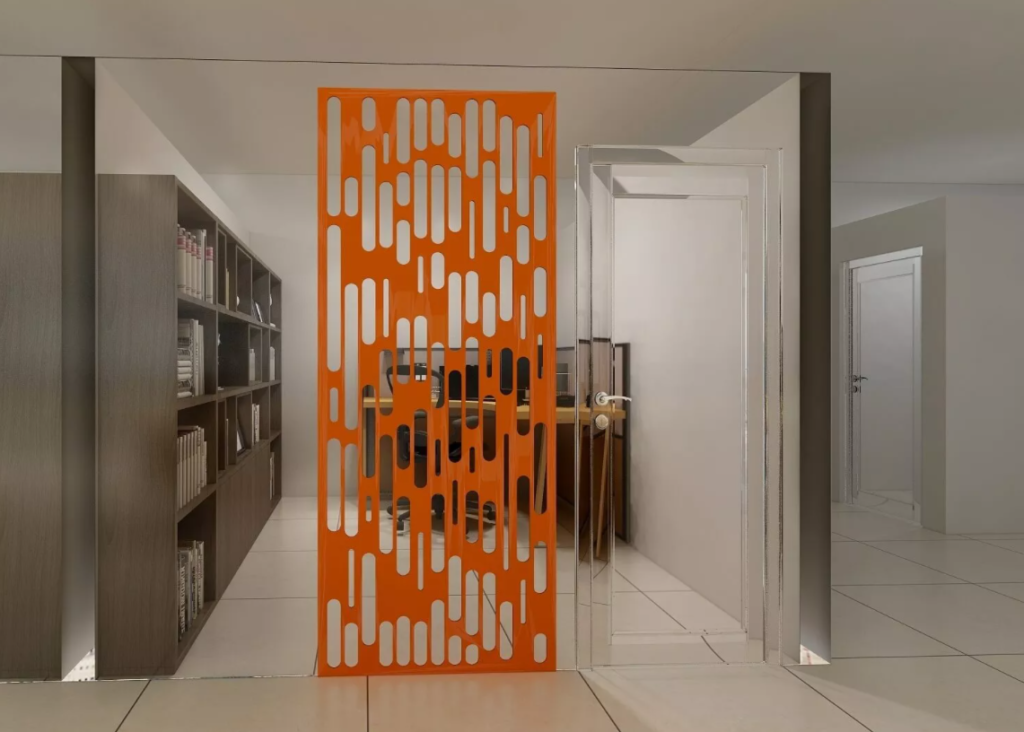
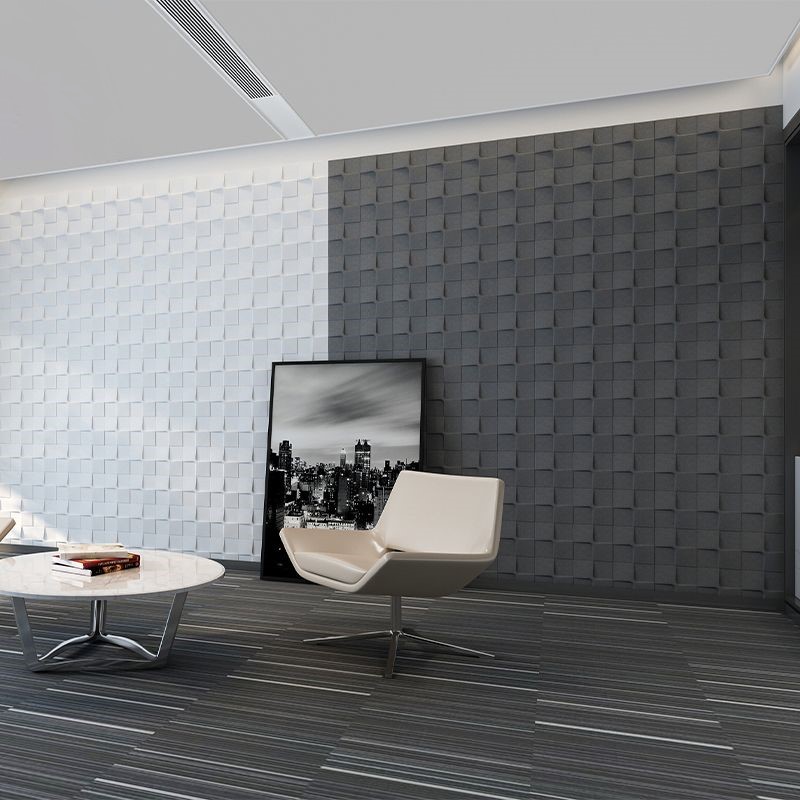
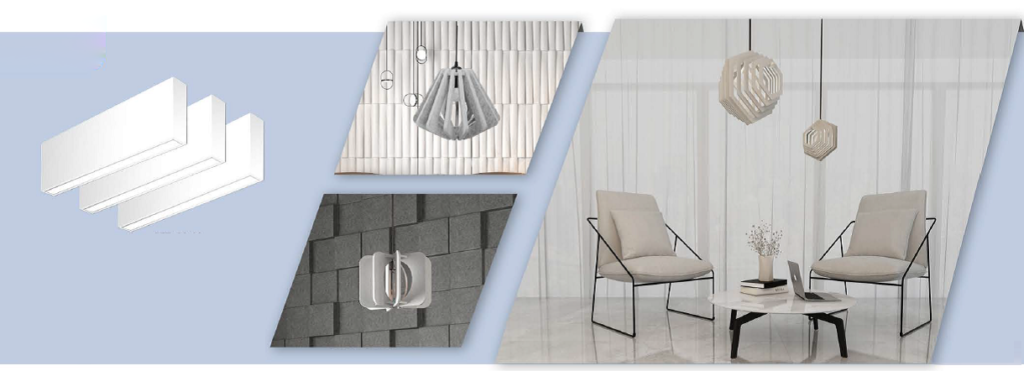
Many people discover that absorption actually works best when it is combined with another type of acoustic control via a method of diffusion.
Q. How do Diffusers differ from absorbent panels?
Basically, diffusors work by scattering the reflected sound waves…
When ALL sound reflections are removed using absorption… Many people find that the room sounds uncomfortably “dead”.
This is the worry that many restaurant and bar owners may express, opting to use less acoustic absorption with because they feel ambient or background sound can also contribute to a sense of comfort and privacy in public areas. There are however, middle points in the process that will soften unpleasant levels of noise, and still leave the softer ambient sounds that create mood and experience.
The solution is to allow a few of the reflection sound waves to be disseminated and dispersed using diffusors.
Normally, untreated reflections create problems because they get trapped in one spot, amplifying some frequencies, while canceling out others. Diffusers “scatter” the reflection so that nothing gets trapped, and the natural tone is preserved.
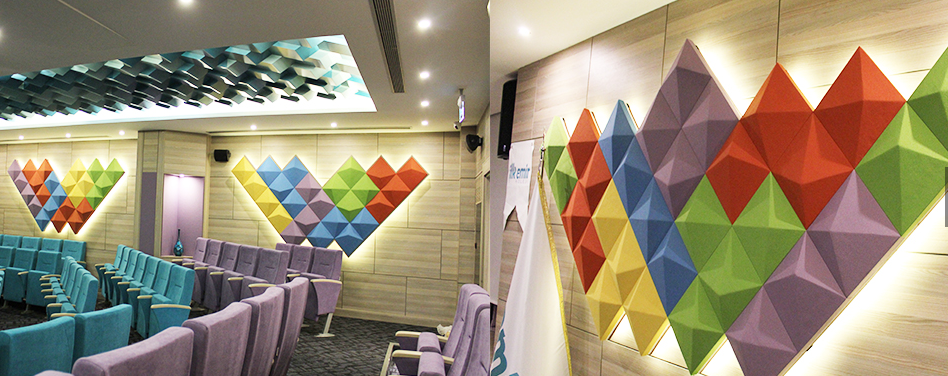
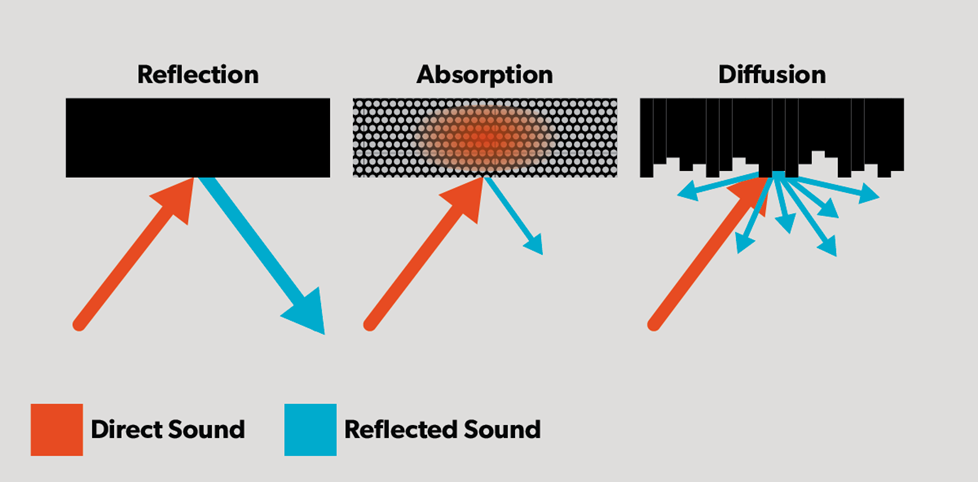
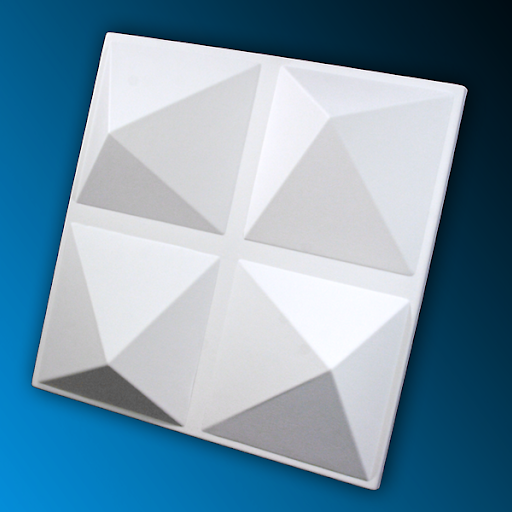
v
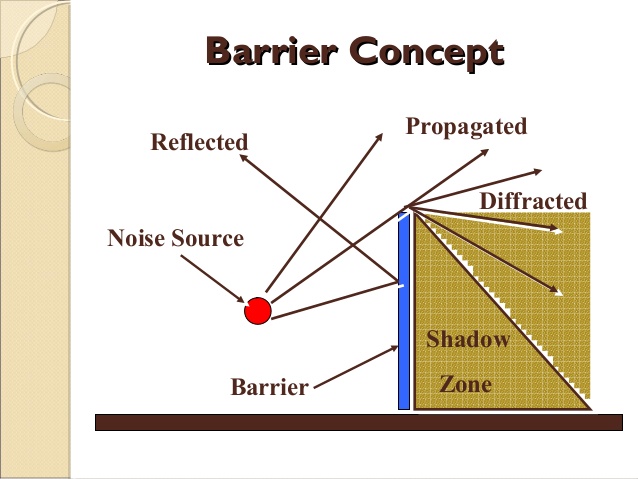
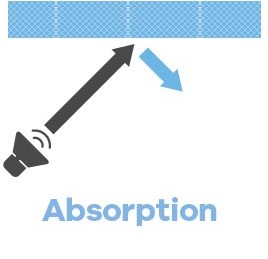
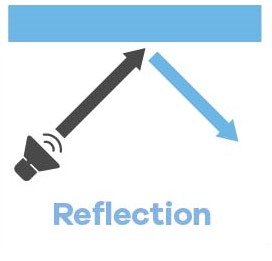
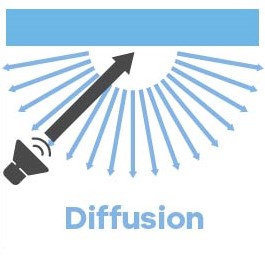
Q. How do I evaluate a bare room to decide what is needed and where?
Too often, when people first hear discussion points on the benefits of acoustic treatment they will try to purchase materials randomly, without first diagnosing and evaluating the extent or the source of their problems. So, in order to find out how effective or ineffective the acoustics in your room really are, here is something you can do for yourself:
Walk around the area or room in question and clap your hands as loudly as possible from every possible position, and listen closely to the reverberations or any chattering noises that follow.
The range of feedback you will have may range from a harsh metallic ringing sound at the most problematic end of the scenario scale to a pleasant reverb which typically occurs in large rooms with high or vaulted ceilings and complex varieties of diffusing materials or surfaces.
Most commonly, the sound you will hear will be somewhere in the middle of these two extremes.
When you have the placement between these two, you will be able to refine what materials you need. The closer it is to the most problematic end of this spectrum, the more absorption you will need. If you are closer to the other end of the response range, you will need less acoustic material in general. Any room, in any space, will still benefit from a bit of acoustic material, but it could be as subtle as felted lampshades or over stuffed furniture.
If you need some point of reference to distinguish the difference between good and bad, perform the clap test in a wider variety of different rooms, and take notice of which types tend to sound best. Rooms with a lot of flat hard surfaces such as tile, glass, metal and concrete will create the most opportunity for sound waves to bounce around and therefore, the greater need for acoustic material integration.
If you plan to do the installation yourself, test after each addition of material and you will be able to better measure the improvement overall until any feedback sound disappears completely.
In summary, almost any space can be improved upon by the addition of some form of acoustic material. It may not be sound proofing that you require, to experience sound improvement!
(If you need some help with this, contact a specialist like one of our Wallworks product specialists, who are ready to guide you in the evaluation and help you find the best possible solutions for your space).
Download our corporate brochure!
Sound Advice, Sound Design, Sound Solutions...
Request Information Today
Our team of product experts are available to answer your questions, supply technical data and provide project quotations.
Explore More